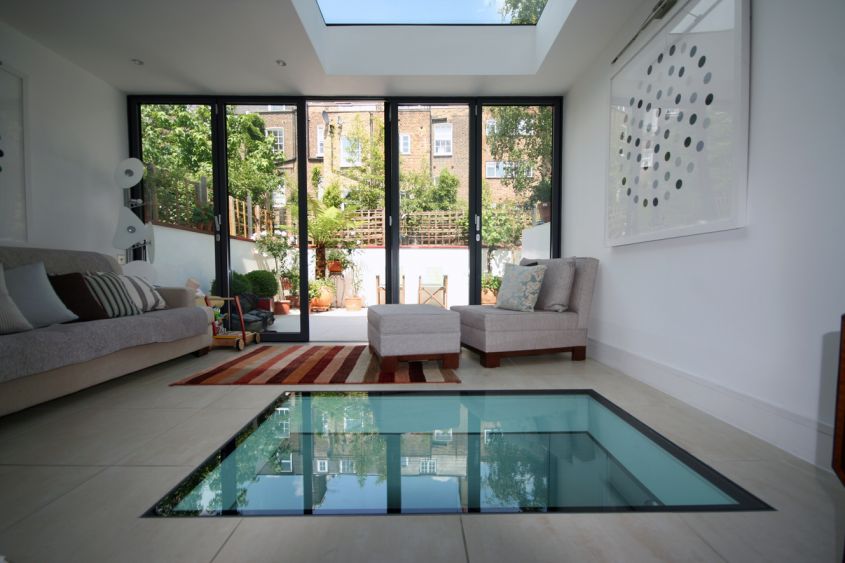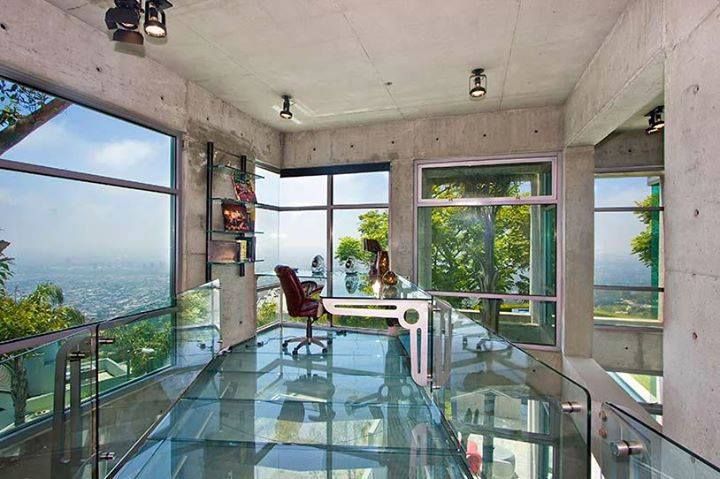
THE glass floors they are used by architects and interior designers to respond to particular structural needs, which require an ad hoc project. This material, so light and bright, represents an added value in the interior and due to these characteristics, it is highly appreciated in the world of design. But let’s find out the 7 things to know on glass floors, for a conscious choice.
How is the glass floor made
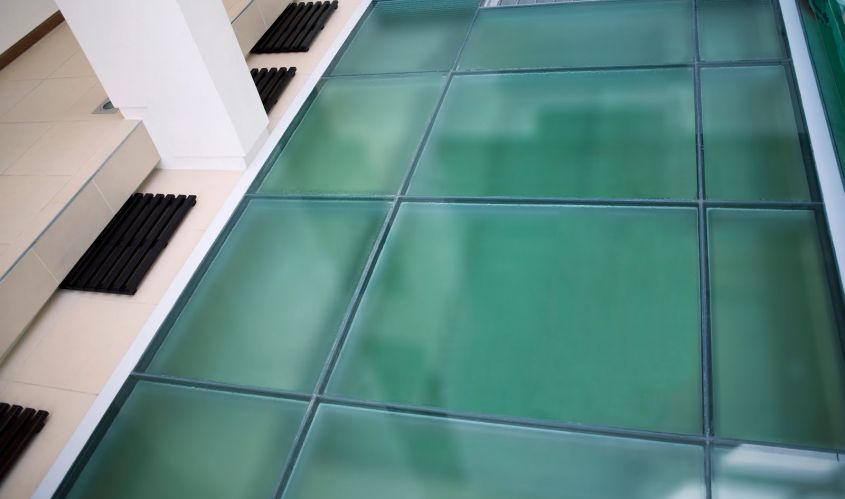
The glass floor it is made up of several sheets, with a thickness of at least 3 cm, held together by a transparent plastic film, called PVB. This floor can be customized with different types of glass, i.e. transparent, frosted, colored or decorated with fabrics or digital images.
Installation of the glass floor
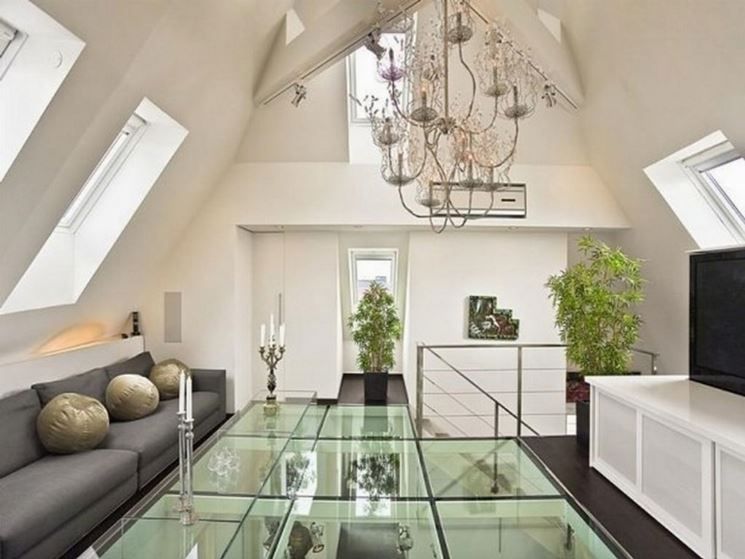
The glass sheets are placed on a metal frame, which must support not only the weight of the material, but also the load of the foot traffic and any stresses. A rubber gasket is fixed along the perimeter of the structure to avoid direct contact between glass and metal.
Floating installation of the glass floor
The floating installation consists in making the glass plates support by rubber shock absorbers, which discharge the weight directly on the underlying metal structure.
Uses of the glass floor
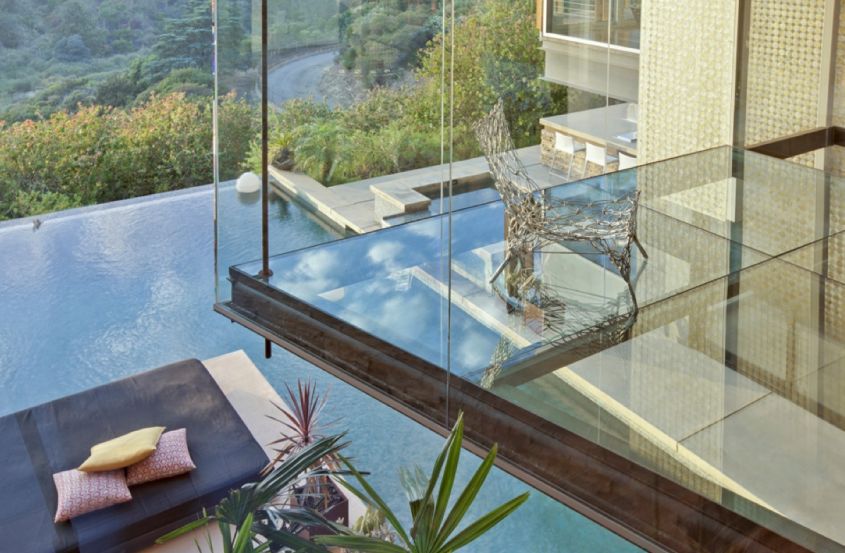
THE glass floors they are mostly used in public spaces or showrooms, because they have a very strong scenographic impact and give the interiors a sense of lightness and brightness. Recently, also in the residential field, i glass floors have met with great success, characterizing some portions of the floor or entire passage areas.
Glass floors for residential use
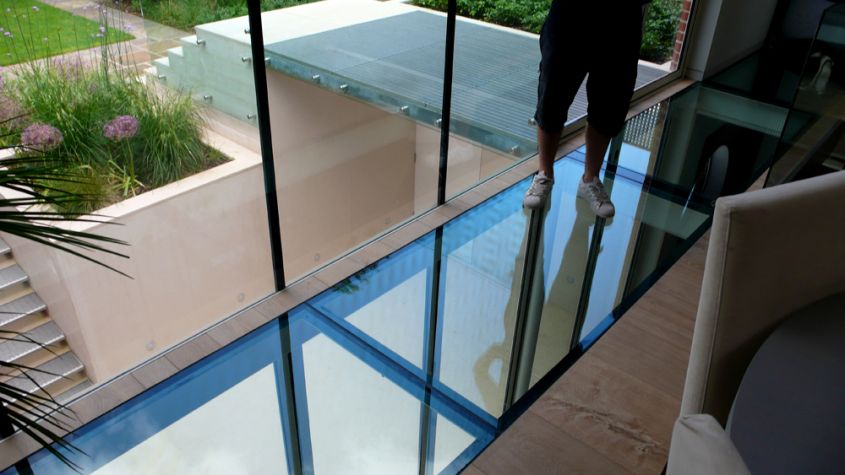
Homes with high ceilings, such as ultra-modern lofts, are the ideal location for glass floors. Mezzanines, stairs or terraces will acquire a unique charm with this type of flooring. For greater practicality, choose the opaque glass, for a greater aesthetic result aim immediately at the transparent one.
Glass flooring prices
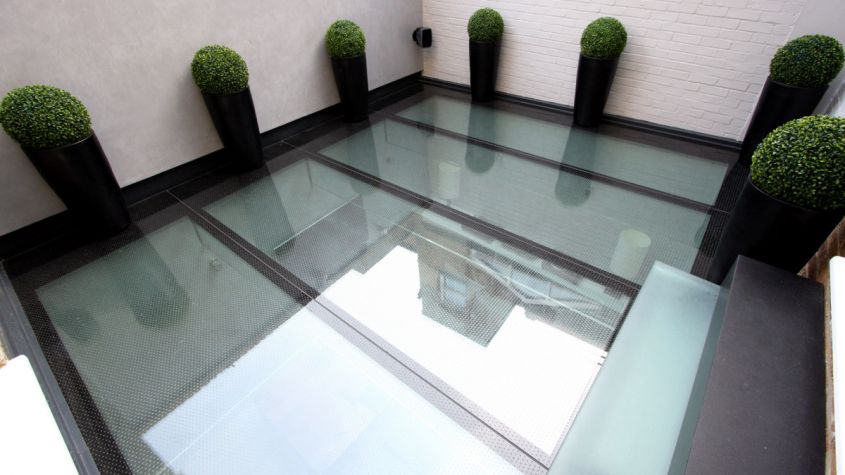
THE prices of glass floors they can vary greatly, depending on the company, the thickness of the material and the project to be carried out. Certainly, the cheapest solution is small glass panes with a reduced thickness.
Cons of a glass floor
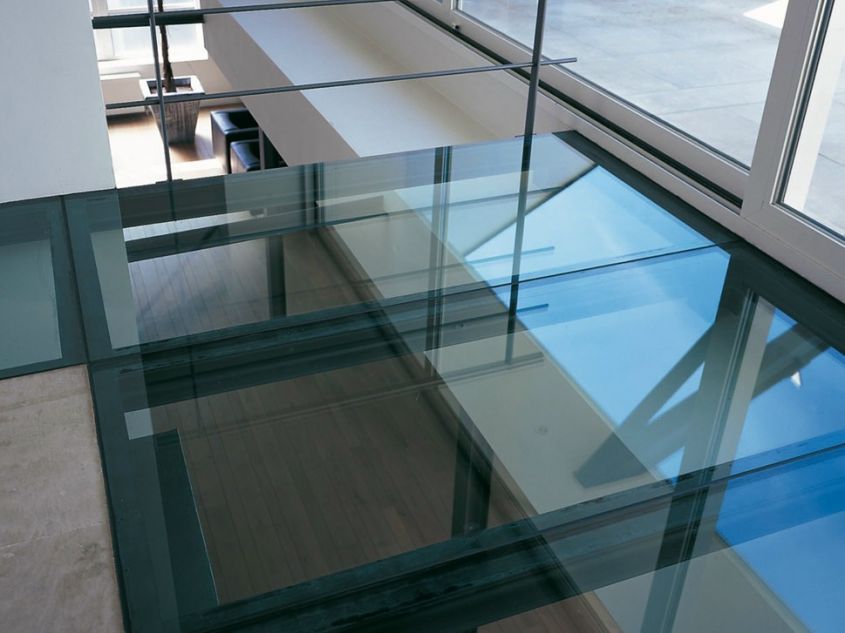
THE glass floors they require much more maintenance and cleaning than stoneware, parquet or tile floors. Also, don’t forget, when wet, it can become slippery and dangerous.

